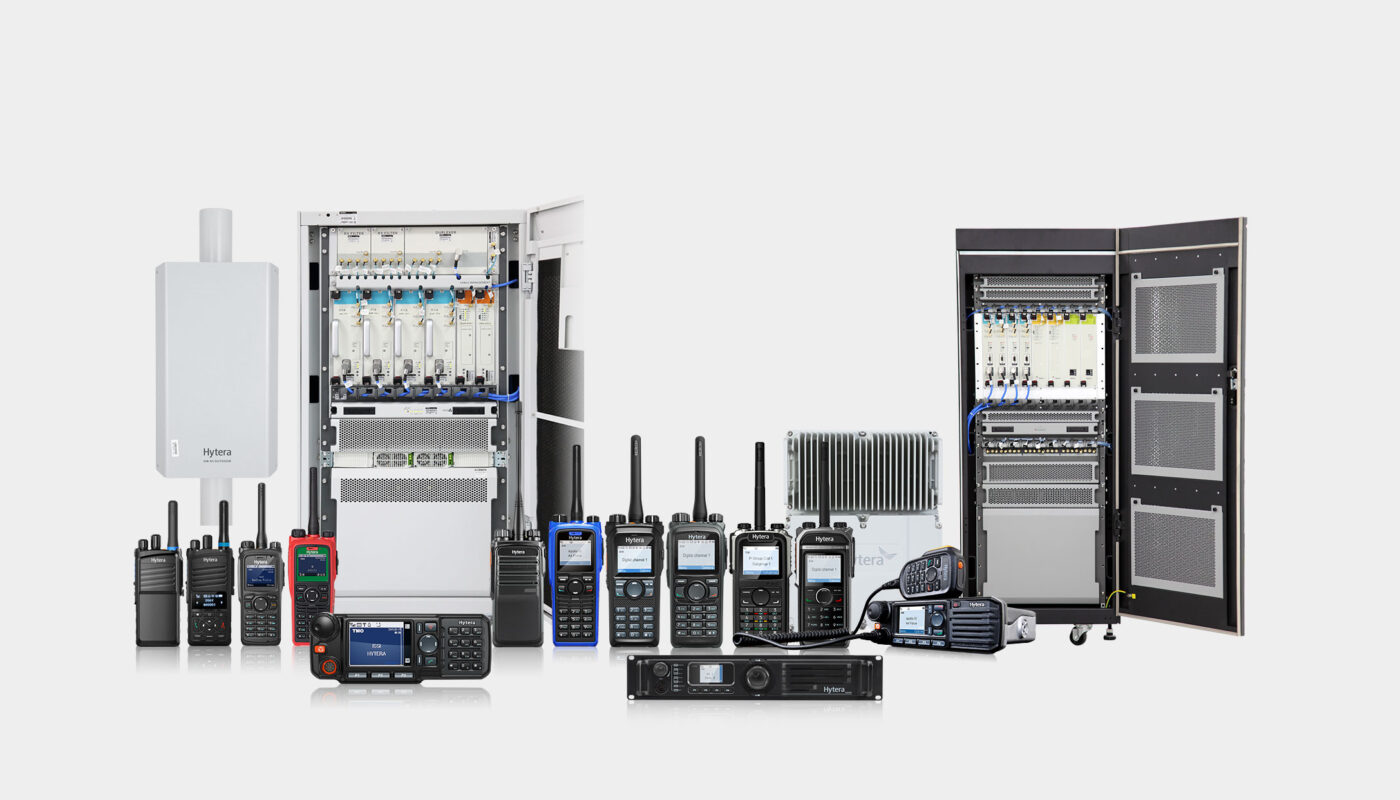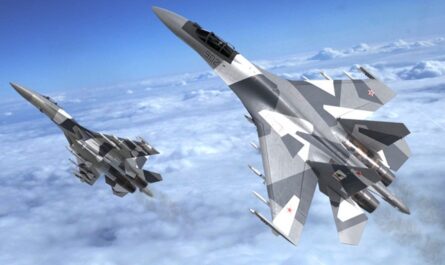What is Terrestrial Trunked Radio?
Terrestrial Trunked Radio (TETRA) is a digital mobile radio system standard that provides communication for public protection and disaster relief as well as commercial applications. TETRA was designed to meet the stringent communication needs of mission critical users in utilities and transportation sectors.
Key Features of TETRA
Terrestrial Trunked Radio is designed to provide secure and reliable group communications in challenging conditions. Some key features include:
Direct Mode Operation – TETRA offers a direct radio-to-radio mode of communication without routing transmissions through a repeater or fixed infrastructure. This allows communication even beyond the radio network coverage area.
Trunking Functionality – TETRA supports trunking which allows dynamic sharing of available radio frequencies among users. This enables better spectrum efficiency compared to traditional repeater-based systems.
Integration with Existing Land Mobile Radio Networks – TETRA system controllers can be integrated with legacy Land Mobile Radio (LMR) networks to provide interoperability.
Encryption and Authentication – TETRA offers encryption and authentication capabilities to ensure secure communication, preventing eavesdropping and message interference. Multiple encryption algorithms can be supported based on required security levels.
Advanced Messaging Capabilities – In addition to voice calls, TETRA supports advanced messaging capabilities like individual calls, group calls, broadcast calls to a predefined group. It also enables transmission of text messages, location data and caller identity details.
System Architecture and Components
A typical TETRA network consists of the following main components:
Mobile Stations – These are portable or mobile radios carried by users to communicate over the network. Key features include rugged design, long battery life, emergency buttons.
Repeater Stations – Dual mode repeaters are deployed to extend the coverage area. They function both as transceivers to receive/transmit signals to mobiles and as repeaters to extend the coverage range.
Switching and Control Infrastructure (SCI) – This acts as the central controlling component managing radio resource allocation, authentication, encryption. The SCI includes base stations and the Network Management System.
Gateways – These facilitate interconnection and interoperation of multiple independent TETRA networks as well as integration with external communication systems like PSTN or GSM networks.
Management System – Web-based Network Management Systems enable remote monitoring and configuration of network health, performance and usage across whole TETRA network.
Applications of Terrestrial Trunked Radio
With features like secure communication, flexible networking and advanced functionality, TETRA has gained wide adoption worldwide. Some key applications include:
Public Safety – Emergency services, police forces, fire brigade use TETRA for mission critical voice and data communication during disasters or law and order situations.
Utilities – Power, gas and water utilities rely on TETRA networks for coordination during maintenance or restoration work that require communication over long distances.
Railroad Communication – Rail operators worldwide use TETRA to enable crew coordination and control across large geographical areas for tasks like dispatching, track maintenance etc.
Transportation – TETRA is used by docks, airports for managing daily operations as well as emergency response teams coordinating during accidents or natural disasters.
Manufacturing Plants – Large industrial areas and manufacturing plants use TETRA for communications across remote locations within sprawling premises.
Oil and Gas – Offshore drilling rigs, pipelines and remote gas collecting stations worldwide use TETRA for communication with onshore control rooms.
Standards Development and Frequency Bands
TETRA was developed by the European Telecommunications Standards Institute (ETSI) to fulfill the needs of professional mobile radio users. Key standards include:
– ETSI EN 300 392 for core TETRA specifications
– EN 300 394 for air interface
– EN 301 215 for security features
Globally, TETRA systems generally operate within 380-430 MHz frequency band for mobile-to-base operations and 430-470 MHz range for base-to-mobile transmissions. However, some variations exist across different countries and regulatory domains.
Future Scope and New Applications
With continuous technological advancements and evolving industry needs, TETRA standards are also progressing to widen the scope of applications. Key ongoing developments include:
– TEDS – TETRA Enhanced Data Service for supporting higher speed packet-switched data transmission.
– TETRApol – New standard for TETRA networks to provide broadband Push-To-Talk services and interconnection with broadband networks.
– TETRA IP – Enabling transmission of data packets (instead of circuit switched signals) over the TETRA network infrastructure.
– Emergency Calling – Integration with existing emergency response services like E112, E911, E999 for improved location information exchange.
With such evolutions, Terrestrial Trunked Radio networks are expected to play an even bigger role in developing new use cases like autonomous vehicles, IoT-based industrial asset monitoring, digital trunking for spectrum efficiency. Its reliable capabilities are making TETRA an indispensable technology for mission critical communications worldwide.




